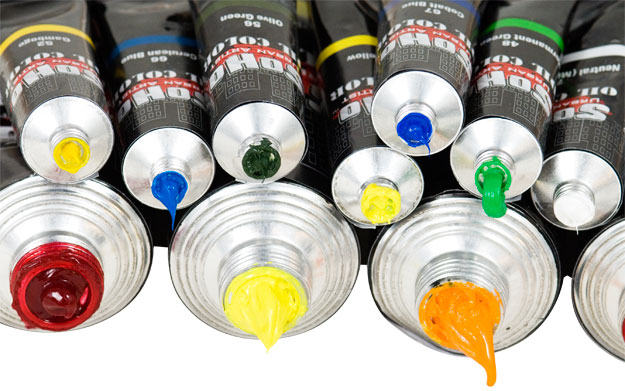What your Favorite Color Says about You
Know thy true colors
Life is splashed with color. Anywhere we look, we encounter the dreamy blues of the sky or ocean, the gritty browns of the earth, and the vibrant greens of nature. We outfit our homes with our favorite colors. But how often do we stop and think about how these colors make us feel or how we perceive them? Did you know that studies have shown that certain colors do make us feel certain emotions? Advertisers and artists alike often put these colors in our way to exploit how we perceive them? A brief lesson in the psychology of color could help to make us more aware of what is presented to us, may affect the future of our decorating decisions, and may even lend some understanding to our favorite art pieces and products.
Let’s start with the basics.
Blue: Known to evoke a sense of peacefulness, tranquility and calming. It is often used for this reason as a color in bedrooms. But don’t fall asleep yet! This color has also known to make people more productive and focused since it calms and de-stresses people. Fashion consultants often recommend wearing a blue suit to an interview because it can symbolize loyalty as well.
Red: The most passionate color on the wheel. It is the color of blood, courage and sacrifice. It is also associated with the heart and red rose, making it the color of love.It is also a sign of hospitality and care which is why there are red carpets at fancy events and red crosses on ambulances and outside of hospitals.
Yellow: The most difficult color for the eye to detect, yet also attracts attention. Yellow is an interesting color because it means different things in different parts of the world. In the western part of the world, yellow is associated with caution, betrayal and jealousy. People are more likely to get angry in yellow rooms and studies have shown that babies are more likely to cry in a yellow room. However in China, yellow represents happiness, wealth and pleasure. it also enhances concentration, and speeds the metabolism.
Orange: Actually more so than yellow, orange is associated with the warmth of the sun. Orange can increase a craving for food, and stimulates enthusiasm and creativity. It is also the color most likely to get noticed in dim light or against the water which is why the coast guard uses it as their go-go color.
 Violet/Purple: Often associated with royalty, purple can suggest wealth and luxury. It is also the color of good judgment. Because of these connotations, purple can have a peaceful effect on the mind, even more so than blue.
Violet/Purple: Often associated with royalty, purple can suggest wealth and luxury. It is also the color of good judgment. Because of these connotations, purple can have a peaceful effect on the mind, even more so than blue.
Green: The color of nature and fertility. Because of its symbolic ties to nature, it is also highly associated with growth, health, creativity, and innovation. In the middle ages, brides wore green rather than virginal white to symbolize fertility and growth.
Black: A fashionista’s favorite, as it makes the body appear thinner. It is also the color of power and authority, yet is contradictory as it also implies submission. Notably, nuns and priests wear black to symbolize their submission to God. Policeman and security guards wear such a dark blue as to almost appear black. 
White: The color of innocence and purity. White reflects light and we have all been warned not wear it after Labor Day. Doctors and nurses wear white to symbolize sterility. White is dynamic as it is not only a color in itself, but it is also the absence of color and because of this contrast, white can be used to great effect in art pieces.
So there you have it: the meaning behind some of the basic colors of the color wheel. Use this guide to interpret your feelings towards your surrounding or to create new ones.





